Introduction
In this sixth part of my multi-part series, “Definitive Classics: Influential Books on Health in the Last 10 Years,” I review another ground-breaking best-seller, this time “The Brain’s Way of Healing” by Norman Doidge.
“The Brain’s Way of Healing” is a captivating exploration of the revolutionary concept of neuroplasticity and its potential for healing various neurological disorders. In this illuminating book, Doidge takes readers on a journey through remarkable case studies and groundbreaking research that demonstrate the brain’s remarkable ability to heal itself.
Understanding Neuroplasticity
Neuroplasticity, the brain’s capacity to reorganize itself by forming new neural connections, challenges the long-held belief that the brain is fixed and unchangeable. Doidge delves into the intricacies of neuroplasticity, explaining how this phenomenon can be harnessed to treat conditions such as chronic pain, stroke, autism, and even Parkinson’s disease. He explores cutting-edge therapies and techniques that leverage the brain’s innate healing powers.
Compelling Case Studies
One of the strengths of “The Brain’s Way of Healing” lies in the captivating case studies that illustrate the transformative potential of neuroplasticity. Doidge introduces us to individuals who have defied conventional medical expectations and regained lost abilities through innovative treatments. From a woman overcoming chronic pain through a unique visualization technique to a blind man restoring his sight using sonar-like echolocation, these stories demonstrate the astounding adaptability of the brain.
Engaging Writing Style – The Brain’s Way of Healing
Doidge’s writing style is engaging and accessible, making complex scientific concepts approachable for readers without a background in neuroscience. He balances scientific explanations with personal narratives, enabling readers to connect with the individuals whose lives the power of neuroplasticity has profoundly changed. Doidge’s enthusiasm for the subject matter shines through his prose, drawing readers into the wonders of the brain’s healing potential.
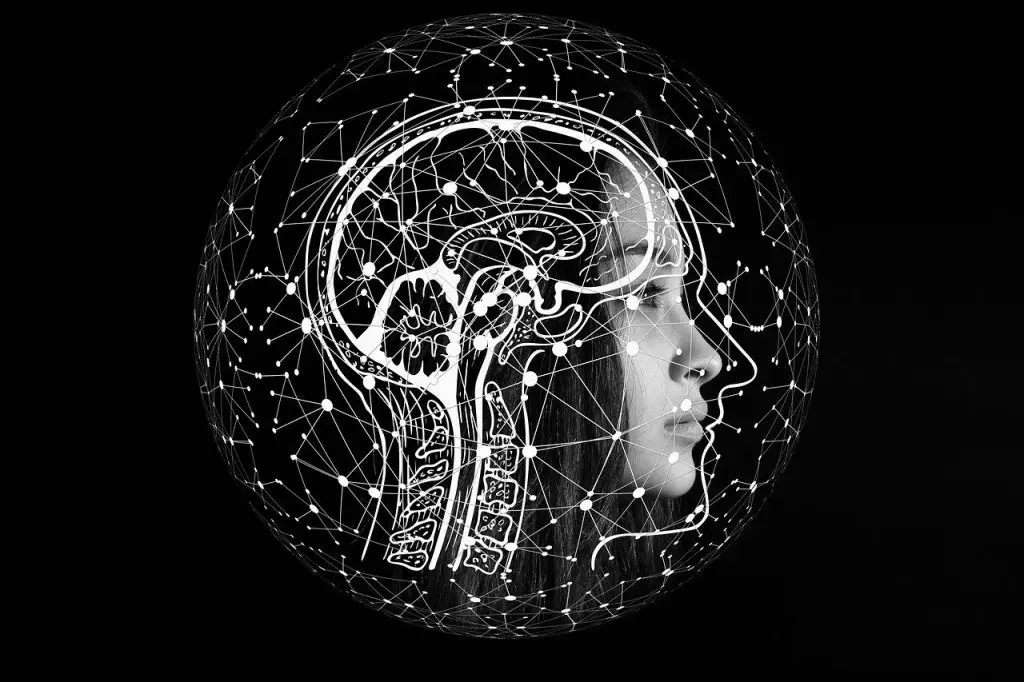
Scientific Rigor and Credibility
“The Brain’s Way of Healing” roots itself in solid scientific research and supplements it with numerous references and citations. Doidge highlights the work of leading neuroscientists and medical practitioners who have dedicated their careers to understanding and harnessing neuroplasticity. He effectively combines their research findings with patient anecdotes, reinforcing the credibility of his claims.
Promising Therapeutic Approaches
Throughout the book, Doidge introduces readers to a variety of innovative therapeutic approaches that tap into neuroplasticity. These include methods such as light therapy for traumatic brain injuries, sound-based interventions for attention disorders, and even specific exercises to alleviate symptoms of multiple sclerosis. By presenting these promising treatments, Doidge offers hope to individuals and families facing neurological challenges.
The Importance of Mind-Body Connection
An underlying theme in “The Brain’s Way of Healing” is the interplay between the mind and body in the healing process. Doidge emphasizes the importance of holistic approaches that recognize the mind-body connection. He explores how techniques like meditation, visualization, and movement can positively influence the brain’s ability to heal and rewire itself. These insights challenge traditional medical paradigms and provide a fresh perspective on the role of the mind in health and healing.
Harnessing the Power of Visualization
Doidge delves into the fascinating realm of visualization techniques and their impact on the brain’s healing potential. He introduces readers to the concept of “mental practice,” where individuals imagine themselves performing specific tasks or movements to stimulate neural pathways. Through compelling examples, such as stroke patients relearning motor skills through visualization, Doidge underscores the effectiveness of this practice in retraining the brain.
Revolutionary Breakthroughs in Treating Chronic Pain
Chronic pain is a debilitating condition that affects millions of people worldwide. In “The Brain’s Way of Healing,” Doidge explores innovative approaches to pain management that challenge traditional methods. He introduces the concept of “neuroplastic pain,” where the brain itself becomes a source of persistent pain signals. By understanding and addressing the neuroplasticity of pain, practitioners have successfully treated chronic pain without resorting to medication or invasive procedures.
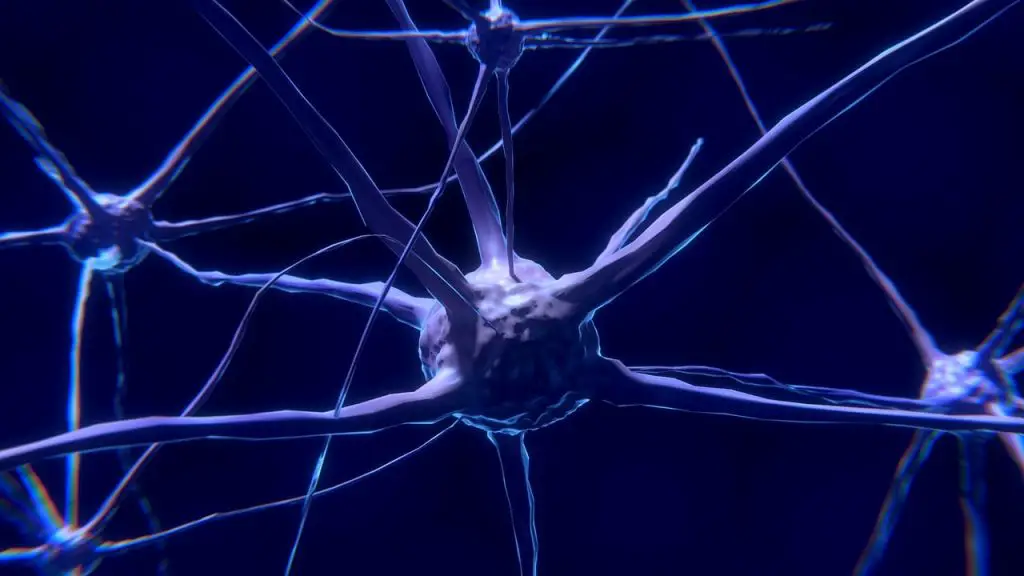
Sound-Based Therapies for Neurological Disorders
Sound, as a therapeutic tool, holds immense potential for healing the brain. Doidge examines the remarkable use of sound therapy to address various neurological disorders. For instance, he explores the Tomatis Method, which utilizes specially modified music to stimulate the auditory system and improve cognitive and emotional functioning. Doidge’s exploration of sound-based interventions challenges conventional medical practices and opens up new possibilities for treating conditions such as attention deficit disorder and learning disabilities.
The Power of Light to Heal
Light therapy, also known as photobiomodulation2, emerges as another groundbreaking approach to neurological healing. Doidge explores how specific wavelengths of light can positively influence brain function, promoting cellular repair and regeneration. He highlights the use of light therapy in treating traumatic brain injuries and neurodegenerative disorders, shedding light on the exciting potential of this non-invasive treatment modality.
Movement and Neuroplasticity
Doidge emphasizes the critical role of movement and exercise in stimulating neuroplastic changes in the brain. He discusses how specific movement-based therapies, such as the Feldenkrais Method3 and the Anat Baniel Method4, can facilitate the rewiring of neural pathways and improve motor function. By presenting compelling stories of individuals who have regained mobility and coordination through targeted exercises, Doidge showcases the transformative power of movement in neurological healing.
Expanding Perspectives on Autism
Autism, a complex neurodevelopmental disorder, has traditionally been viewed as a lifelong condition with limited possibilities for improvement. However, Doidge challenges this notion by introducing cutting-edge therapies that have shown remarkable results in treating autism spectrum disorders. He explores methods like the Son-Rise Program, which emphasizes the power of love, acceptance, and intensive interaction in promoting neuroplasticity and social connection in individuals with autism.
A Note of Caution and Ethical Considerations
While “The Brain’s Way of Healing” primarily focuses on the remarkable potential of neuroplasticity, Doidge also highlights the need for caution and ethical considerations. He acknowledges that not all claims of miraculous recoveries hold up under scientific scrutiny. Doidge urges readers to approach new therapies with critical thinking, to seek qualified practitioners, and to prioritize evidence-based approaches to ensure the best outcomes for those seeking neurological healing.
Cutting-Edge Technologies and the Future of Neuroplasticity
In the previous sections of this article, we have delved into the fascinating world of neuroplasticity and its potential for healing various neurological disorders. We will continue our exploration by focusing on the author’s examination of cutting-edge technologies and their role in harnessing neuroplasticity for healing.
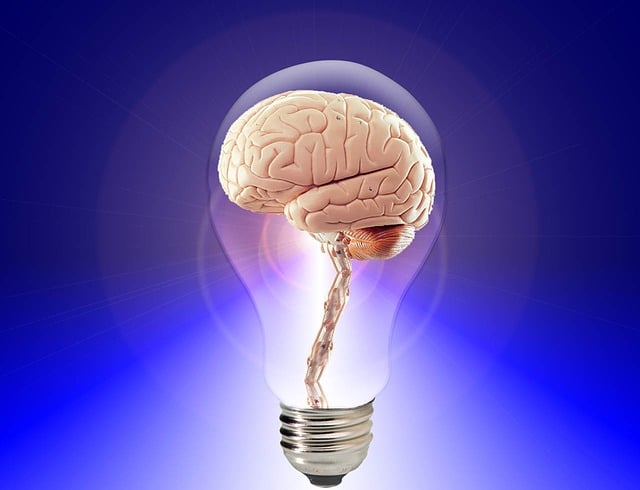
Neurofeedback: Training the Brain
Doidge introduces readers to the concept of neurofeedback1, a technique that allows individuals to gain real-time information about their brain’s activity and learn to regulate it. By using sensors and specialized software, neurofeedback enables individuals to observe and modify their brainwave patterns, thereby promoting self-regulation and improving brain function. Doidge presents compelling case studies of individuals who have achieved remarkable improvements in conditions such as ADHD and post-traumatic stress disorder through neurofeedback training.
Virtual Reality and Mirror Therapy
Advancements in virtual reality (VR) technology have opened up exciting possibilities in the field of neuroplasticity. Doidge explores how VR can be used to create immersive experiences that simulate real-world scenarios and aid in neurological rehabilitation. He discusses the use of virtual reality for treating phobias, PTSD, and motor impairments. Additionally, Doidge introduces the concept of mirror therapy, where virtual reality and mirrors are combined to trick the brain into perceiving movement and facilitate the recovery of motor function.
Transcranial Magnetic Stimulation (TMS)
Transcranial Magnetic Stimulation (TMS) is a non-invasive procedure that uses magnetic fields to stimulate specific regions of the brain. Doidge investigates how TMS can be harnessed to modulate brain activity and promote neuroplastic changes. He explores its applications in treating conditions such as depression, chronic pain, and even enhancing cognitive abilities. By sharing case studies and scientific evidence, Doidge highlights the potential of TMS as a powerful therapeutic tool.
Electrical Stimulation and Brain Implants
Another exciting avenue in the realm of neuroplasticity is the use of electrical stimulation and brain implants. Doidge explores how electrical currents can be applied to specific brain regions to enhance neuroplasticity and facilitate recovery. He discusses the potential of deep brain stimulation (DBS) in treating Parkinson’s disease, obsessive-compulsive disorder, and even addiction. Doidge also introduces emerging technologies, such as brain-computer interfaces, which hold promise for enhancing brain function and restoring lost abilities.
The Role of Lifestyle and Environment
While cutting-edge technologies offer new possibilities, Doidge emphasizes the importance of lifestyle and environmental factors in promoting neuroplasticity and overall brain health. He explores the impact of factors such as diet, exercise, sleep, and social connections on the brain’s ability to heal and adapt. By incorporating these lifestyle changes, individuals can create an optimal environment for neuroplastic changes to occur.
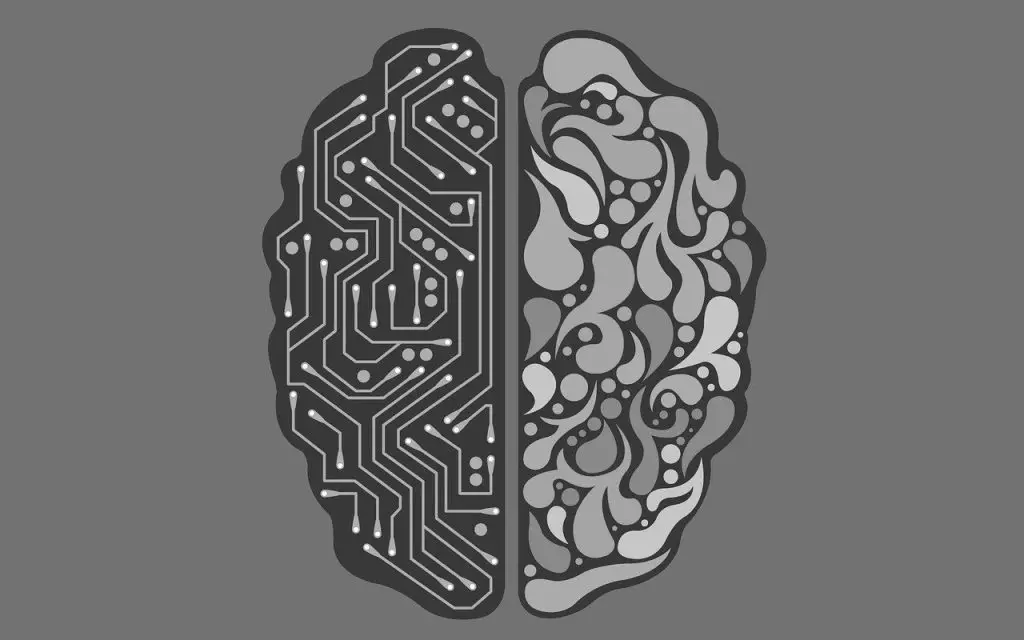
The Future of Neuroplasticity
Towards the end of “The Brain’s Way of Healing,” Doidge offers a glimpse into the future of neuroplasticity and its potential for transforming medicine. He envisions a shift towards personalized medicine, where treatments are tailored to an individual’s unique neurobiology and genetics. Doidge also highlights the importance of interdisciplinary collaborations between neuroscientists, physicians, psychologists, and other experts to continue advancing our understanding of neuroplasticity and developing innovative therapeutic approaches.
Expanding Horizons: Therapies and Technologies
Doidge’s exploration of cutting-edge therapies and technologies showcases the expanding horizons of neuroplasticity. From neurofeedback and virtual reality to transcranial magnetic stimulation and electrical stimulation, these innovative approaches are revolutionizing the field of healing. By highlighting their effectiveness in diverse conditions, Doidge presents a future where personalized and evidence-based treatments harness the full potential of neuroplasticity.
Mind-Body Connection: A Paradigm Shift
One of the profound realizations from “The Brain’s Way of Healing” is the undeniable mind-body connection. Doidge underscores the importance of holistic approaches that acknowledge the interplay between mental and physical well-being. By embracing techniques like visualization, meditation, and movement, individuals can tap into their brain’s innate healing capacities and facilitate neuroplastic changes. This paradigm shift challenges traditional medical models and opens doors to integrative healing practices.
Ethical Considerations and Evidence-Based Approaches
Doidge’s emphasis on responsible and evidence-based approaches is commendable. Throughout the book, he cautions readers to approach emerging therapies with critical thinking and seek qualified practitioners. By addressing ethical considerations and highlighting the need for scientific rigor, Doidge ensures that the power of neuroplasticity is harnessed responsibly, prioritizing the safety and well-being of individuals seeking healing.
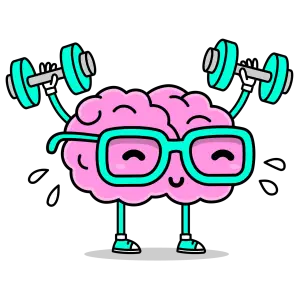
Conclusion
“The Brain’s Way of Healing” is a groundbreaking book that illuminates the remarkable potential of neuroplasticity. Norman Doidge’s captivating storytelling, combined with scientific evidence and compelling case studies, guides us on a transformative journey into the world of healing. From the rewiring of neural pathways through visualization to the cutting-edge technologies reshaping the landscape of neurorehabilitation, this book challenges our assumptions and expands our understanding of the human brain.
The power of neuroplasticity offers hope for individuals struggling with neurological disorders, chronic pain, and other conditions previously thought to be untreatable. It is a reminder that the human brain, with its remarkable capacity for adaptation and change, holds immense potential for healing.
Final Word- The Brain’s Way of Healing
“The Brain’s Way of Healing” is not just a book; it is a call to action. It urges us to embrace the emerging frontiers of neuroscience, to push boundaries, and to question the limits of our own potential. By harnessing the power of neuroplasticity, we can unlock new pathways to healing, well-being, and personal growth.
As we look to the future, armed with the knowledge and insights gained from this book, we have the opportunity to shape a world where the brain’s way of healing becomes a beacon of hope for countless individuals. Norman Doidge’s work serves as a guiding light, inspiring us to explore, innovate, and unleash the full potential of neuroplasticity for the benefit of all.
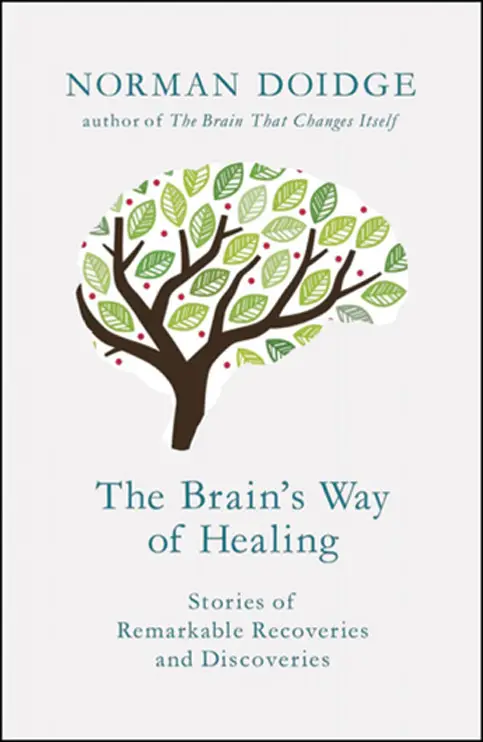
If you enjoyed reading this review, please take a look at the others in my series, “Definitive Classics: Influential Books on Health in the Last 10 Years.”
Exposed Secrets Of “The Obesity Code” – The Best Review
Empowering Health: Unlocking the Truths of The Plant Paradox
Your Better Brain Health: “Genius Foods”: The Official Review
Unlock The Circadian Code – The Secret of a Vibrant Life
New Life Hack: Discover How Not to Die

Systems Engineer > Project Manager > Tech Entrepreneur > Health Consultant > Website Specialist
